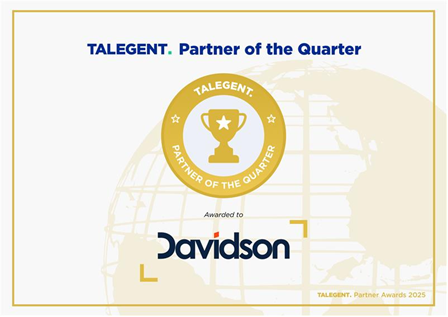Is your organisation future proofing?
Agility is the Key to Embracing Digital Disruption
There is little doubt that digital disruption is transforming our workplaces in radical ways, but what may be less clear is that without a strategic and supportive HR strategy and an “agile” business culture in place, this transformation will face enormous obstacles at best and fail at worst.
A McKinsey report, The five trademarks of agile organizations (December 2017), postulates that there is an increasing urgency for organisations to become more agile so they can quickly respond to the ever-changing digital world in order to achieve better business outcomes.
This means being able to respond quickly to rapidly changing environments where the pace of action in the workplace and decision-making is expected to be both faster and more accurate than ever.
It also means having a willingness to be early adopters of disruptive technologies, knowing that this will give you the edge in competing for both clients and talent who want access to the latest digital trends and tools at work.
For McKinsey there are five trademarks of an agile organisation:
- Strategy - from the development of flexible resource allocation to shared purpose and co-creating values with and for stakeholders
- People - Developing a cohesive community built around a people-centred culture
- Process - Rapid experimentation, implementation and iterative learning
- Structure - Having accountable, clear, flat structures,, open environments and hands-on governance
- Technology - Adoption of enabling and next generation technology
Organisations which do have workforce agility set as a key strategy could soon find themselves playing catch-up with those who took the chances early on and reaped the rewards.
For organisations to thrive in this new technologically-driven world, there needs to be a significant mind shift among management and leaders within companies.
This shift allows the empowerment of staff rather than micro-management, encourages risk taking and has strategies in place to mitigate against risk, and allows technology to be integrated to unlock additional potential rather than just value-adding to current systems.
The way agility looks is different to each organisation and the way the required mind shift will manifest must vary as much as each company, but there are commonalities across sectors, industry and workforces.
These include teams which are able to effectively self-manage with competence being team member based and not leader based; developing teams which have cross functional skills and embracing a flow-to-the-work where staff are tasked to jobs based on priority.
Critically though, a willingness to embrace technology and agile ways of working mean nothing if they do not have the support of said HR strategies.
Leaders, in their enthusiasm to embrace technology, can sometimes make the fatal mistake of forgetting the value of their people.
Technology without capable people who know how to use it and who want to be use it to help your business grow, is quite simply next to useless.
For a company to ensure its digital transformation is smooth, it must:
- Invest in developing the skills and talents of staff to use emerging technology with a growing focus on attitude and adaptability ahead of experience
- Measure and monitor the employee experience to make sure they continue to be engaged and supported during the transformation
- Mould the company’s culture through leading by example and setting clear expectations
- Ensure you have the right managers leading the process
- Digital transformation has really only just started. We can say with certainty that there is more technology to come which will change the way we live and work in ways we cannot begin to comprehend at this time.
If your business is not setting itself up for success in this brave, new digital world, your days are likely numbered.
To read more about this topic, read my white paper.
By David Reynolds, GM Client Development with Davidson Executive & Boards
Share this content





